It’s not every day you walk across campus and see a mama bear and her two cubs hanging out in the middle of the quad, but that’s exactly what happened this week at UNC Asheville. Students stopped in their tracks, phones came out and for a few minutes the Quad turned into a wildlife viewing area.
While the sight might feel unusual, it’s not out of place. western North Carolina is prime black bear territory and sightings in urban areas have become increasingly common as their population rebounds. For Asheville, sharing space with bears is simply part of living in the Blue Ridge.
These encounters are a reminder that humans and wildlife can and do share the same space. With the right awareness and habits, coexisting safely with bears is not just possible, it’s part of what makes living in this region unique.
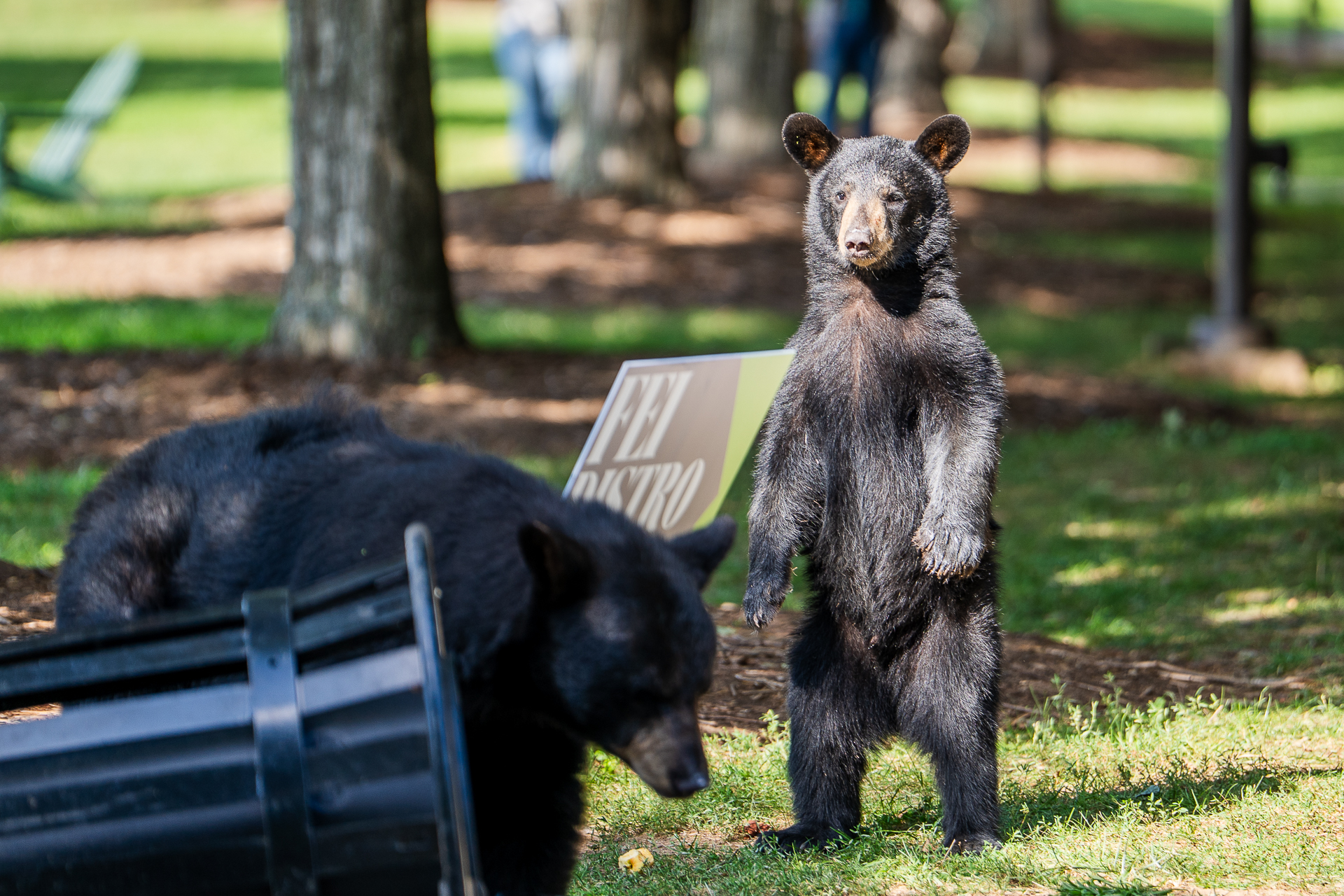
What to do if you see a bear on campus:
UNC Asheville university police say the most important thing is to give the animal space.
- If a bear feels nervous, it may make huffing or popping sounds, moan, blow, or swat at the ground. Police explain these are not signs of aggression but signals that the bear wants space.
- Do not feed bears — even unintentionally. Trash, bird feeders and pet food bowls are common attractants. Feeding causes bears to become dependent on human food, which makes them more likely to come back.
- If a bear doesn’t leave, move to a secure area and call University Police at 828.232.5000 or dial 911.
“Relocating bears simply moves the problem rather than solving it,” UNC Asheville Police said in a PSA. “The long-term solution is to modify human habits to prevent problems or resolve an existing one.”
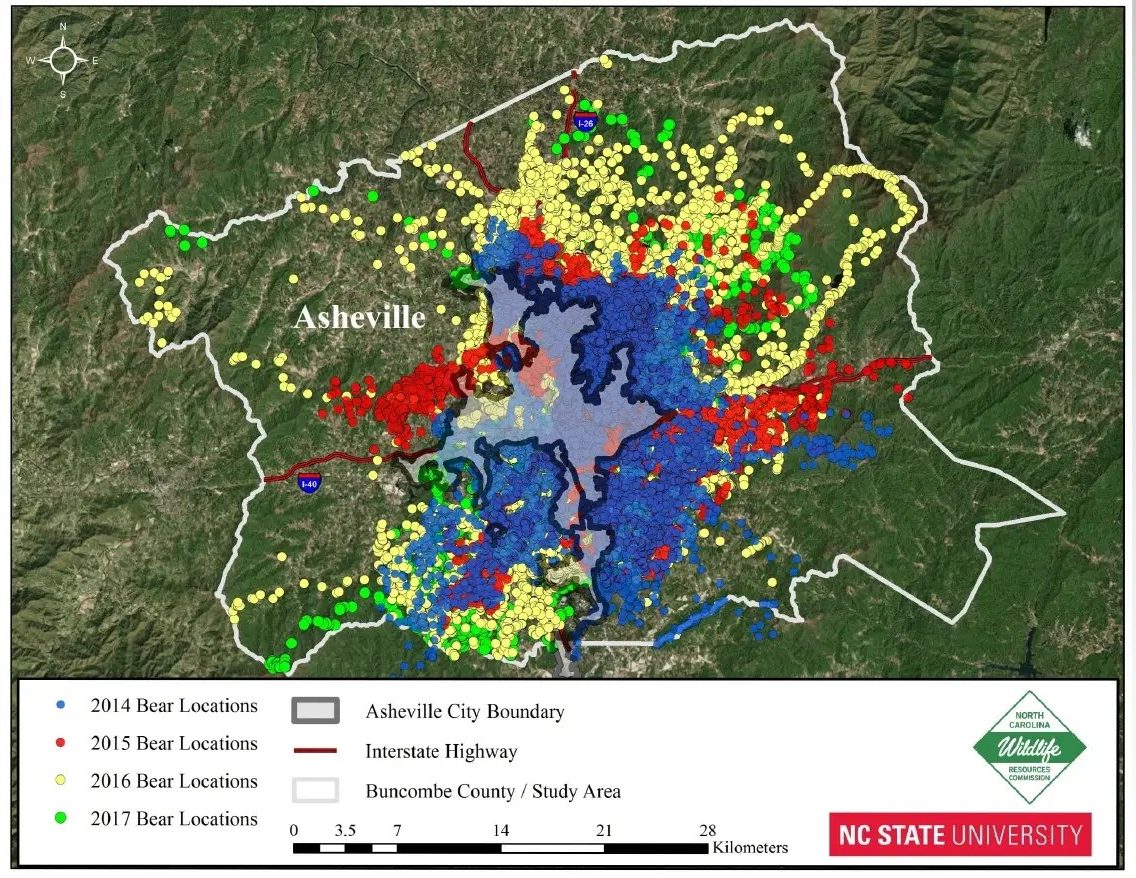
Why are bears here?
Western North Carolina is one of the best black bear habitats in the eastern United States. The North Carolina Wildlife Resources Commission estimates there are more than 25,000 bears in the mountain region and populations have grown steadily since the 1970s thanks to conservation efforts and improved habitat.
Nearby, Great Smoky Mountains National Park is home to about 1,900 bears (roughly two per square mile), making it one of the densest black bear populations in the country. That population, along with habitats in Pisgah and Nantahala national forests, creates a strong presence in and around Asheville.
Bears are especially visible in the late summer and fall because of hyperphagia, a stage when they spend up to 20 hours a day searching for food to prepare for winter denning, according to the National Park Service. Cubs, born in winter dens, remain with their mothers for more than a year, which means that this fall’s sightings often include family groups.
A mother with cubs is more protective than a solitary bear and may stand her ground or act defensively if approached. Experts say this makes it especially important for students to avoid getting close, even if the animals seem calm.
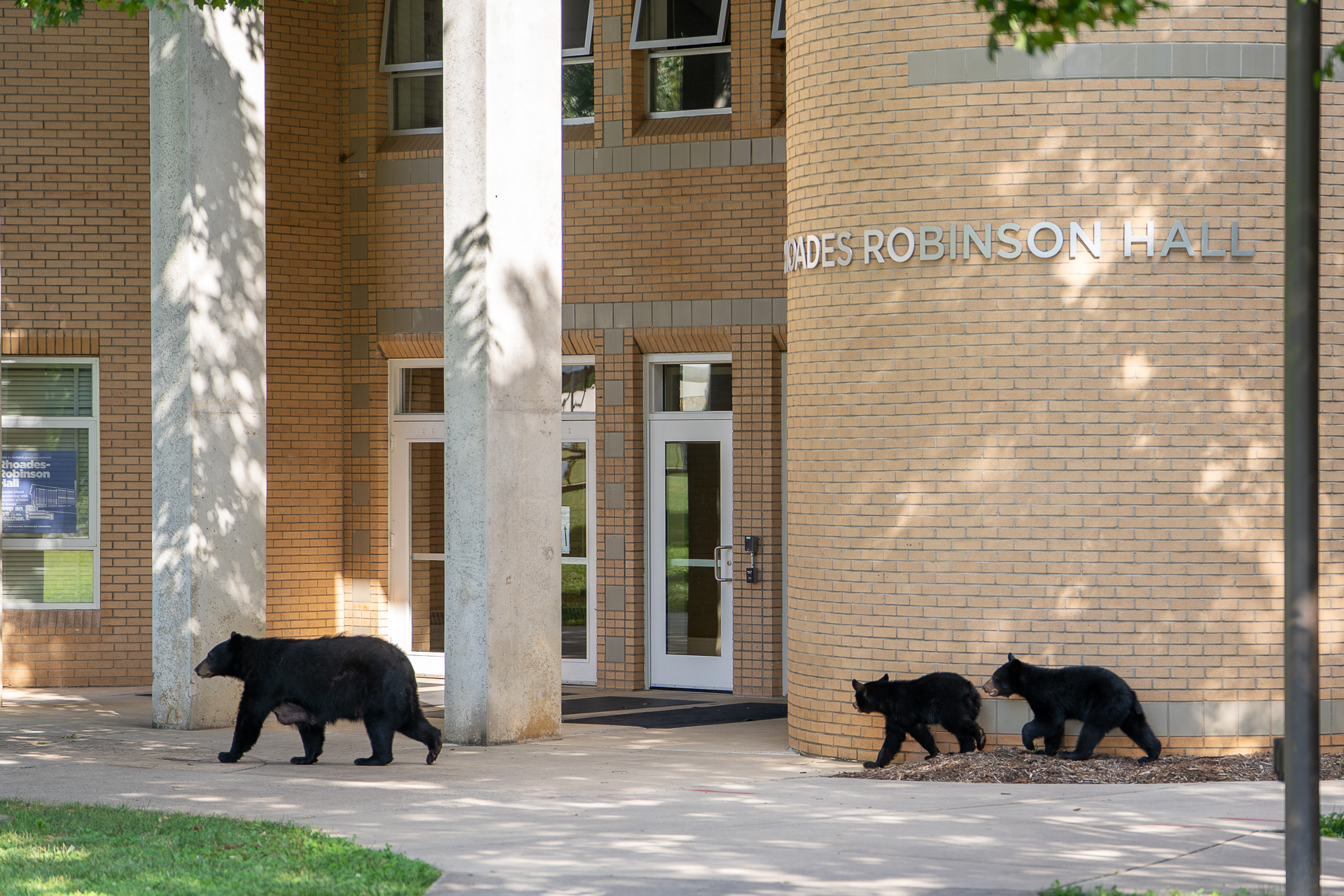
Living in bear country
While it may feel unusual to see a bear on campus, experts emphasize Asheville is part of their natural range. Sightings are becoming more common as neighborhoods expand into wooded areas and as bears follow food sources into developed spaces.
“Truly predatory or aggressive black bears are extremely rare,” UNC Asheville Police said. Most encounters end without incident as long as people don’t approach, feed, or corner the animal.
To reduce conflicts, the City of Asheville started issuing bear-resistant trash carts to residents and the U.S. Forest Service requires campers in Pisgah National Forest to use bear-resistant canisters. These steps highlight a broader effort to limit bears’ access to human food.
The National Park Service warns that feeding bears, even indirectly through garbage or scraps, shortens their lifespans, makes them more dangerous and often leads to bears being euthanized. The NPS simply put: garbage kills bears.
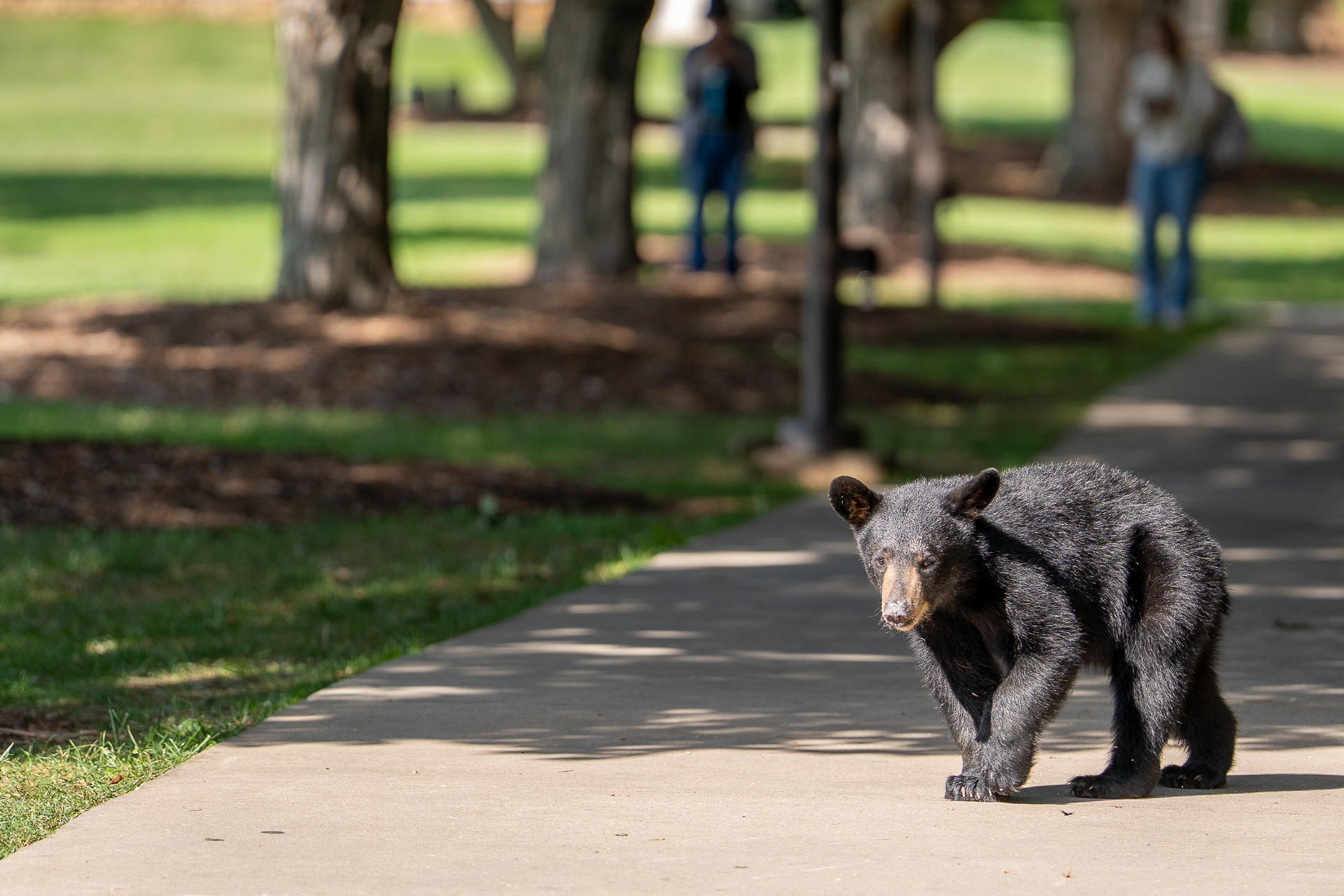
Coexisting with bears
Black bears are not temporary visitors. They are a long-term part of Western North Carolina’s ecosystem. Wildlife experts say coexistence comes down to responsibility: securing trash, keeping a safe distance and reporting sightings to the right authorities.
“Bear management is really people management,” according to the National Park Service. “How visitors behave has an impact on the safety of bears.”
For students, that means appreciating the sight of a bear from afar, but resisting the urge to get close. By changing habits, students can help ensure that Asheville’s bears stay wild and safe and that encounters on campus remain peaceful.
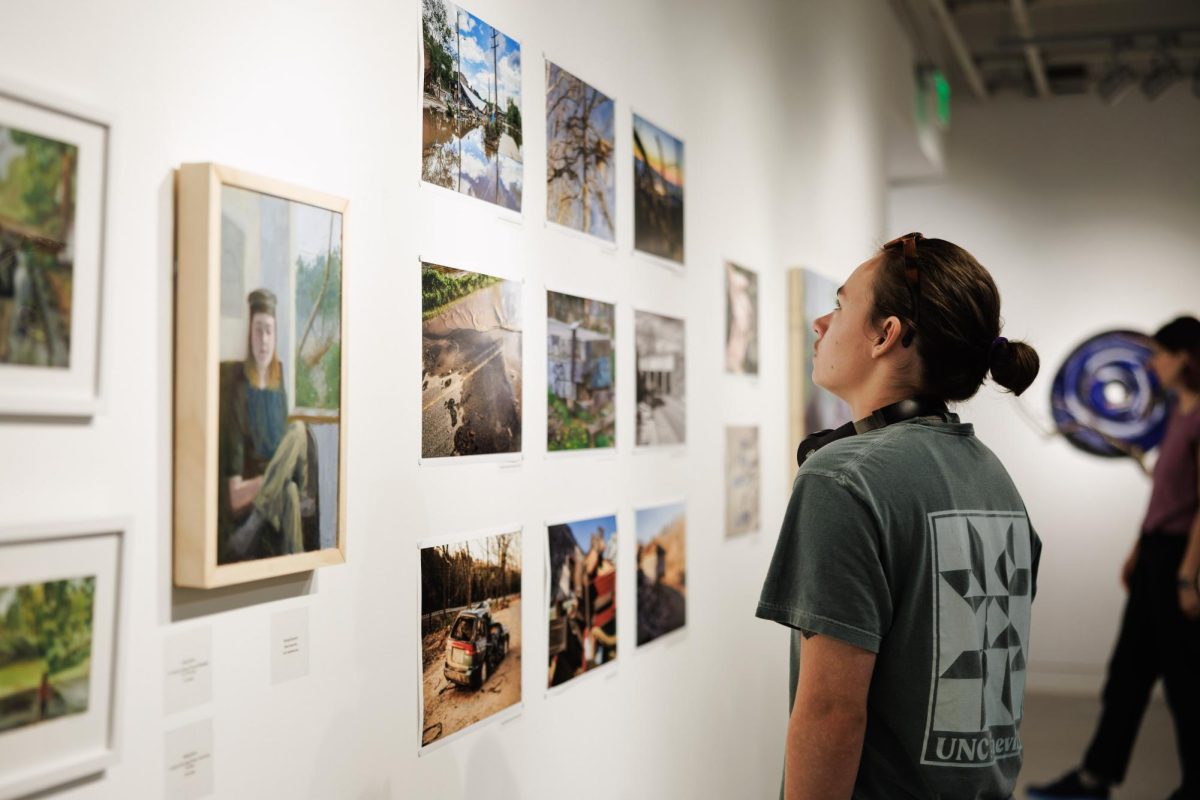
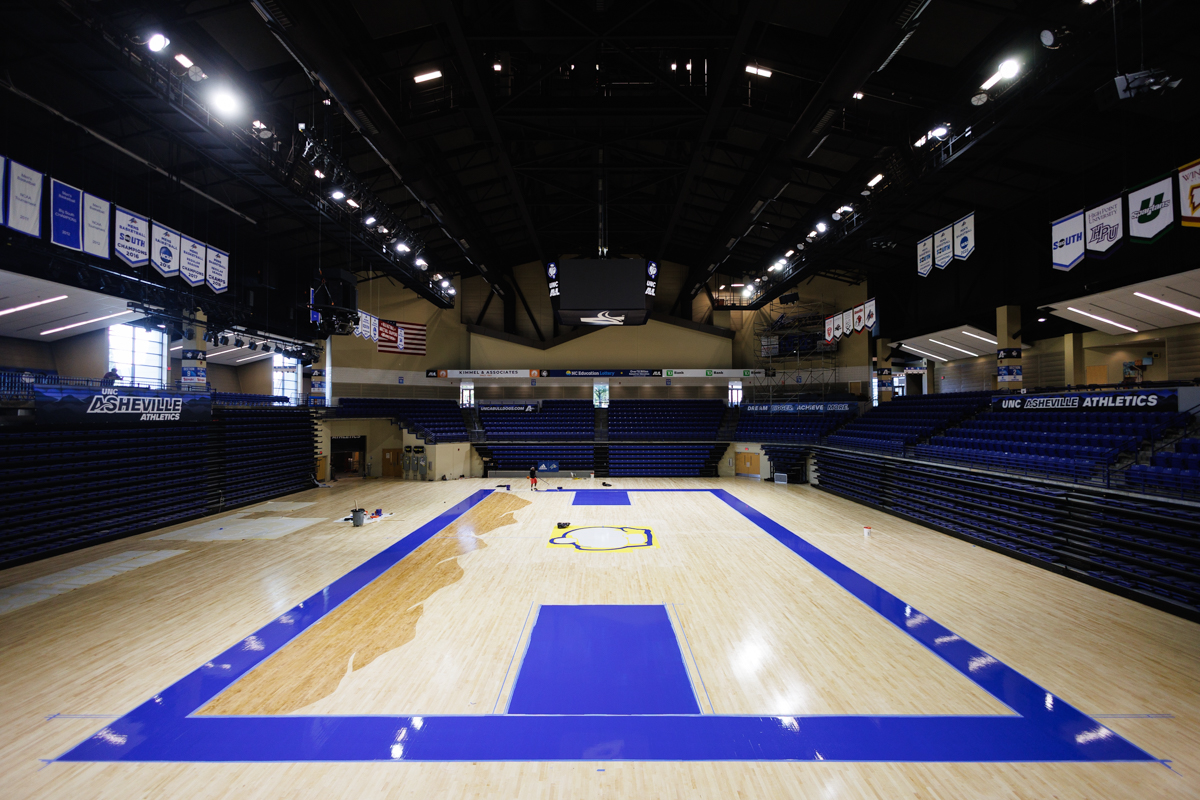





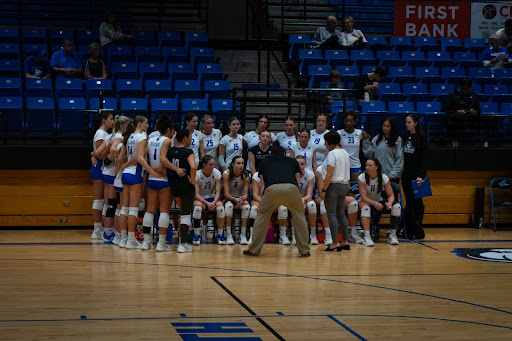
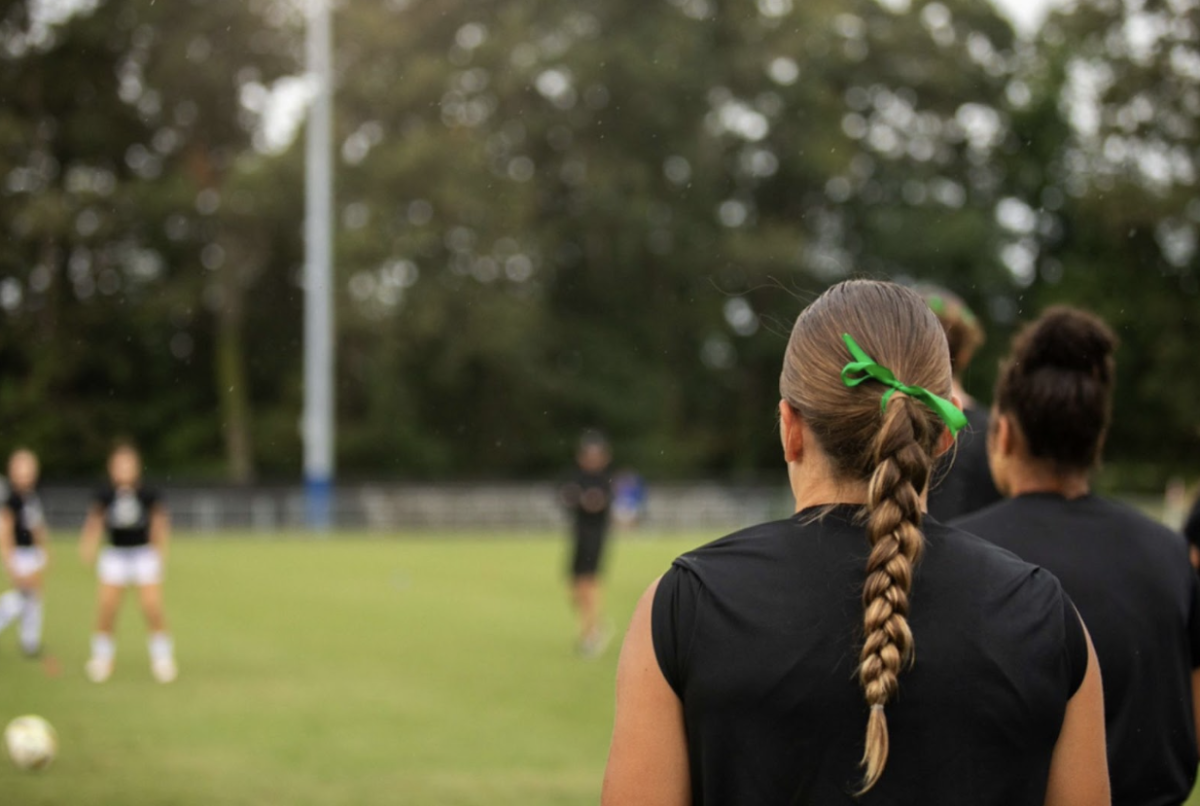






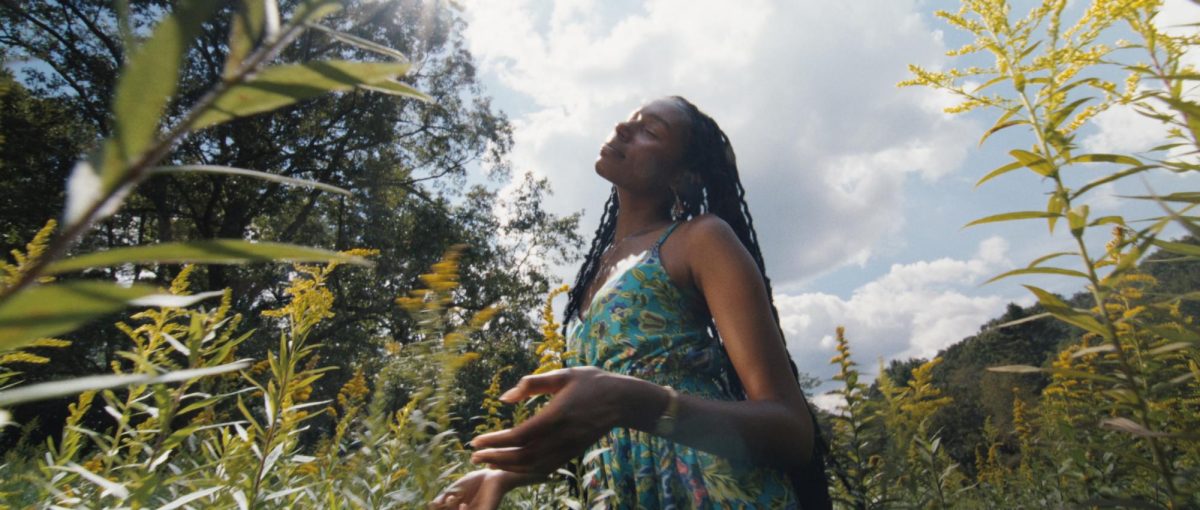
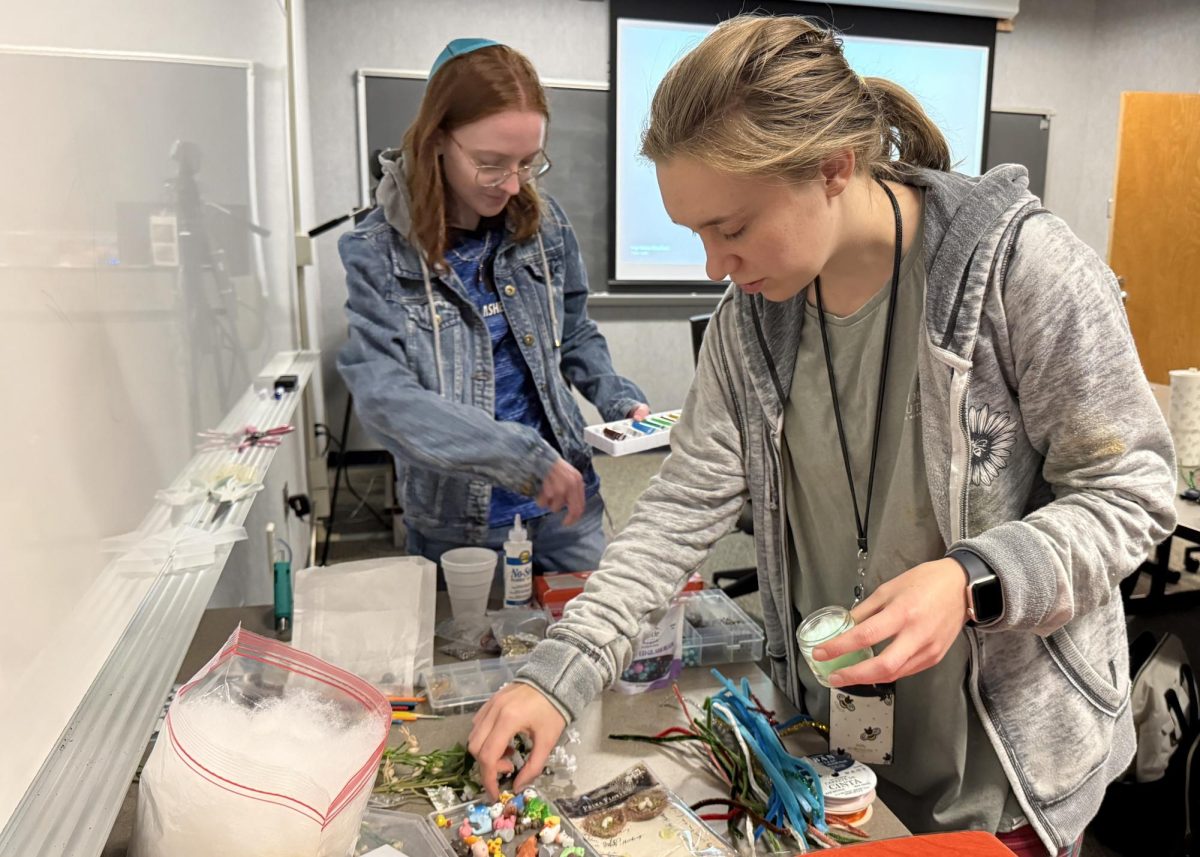

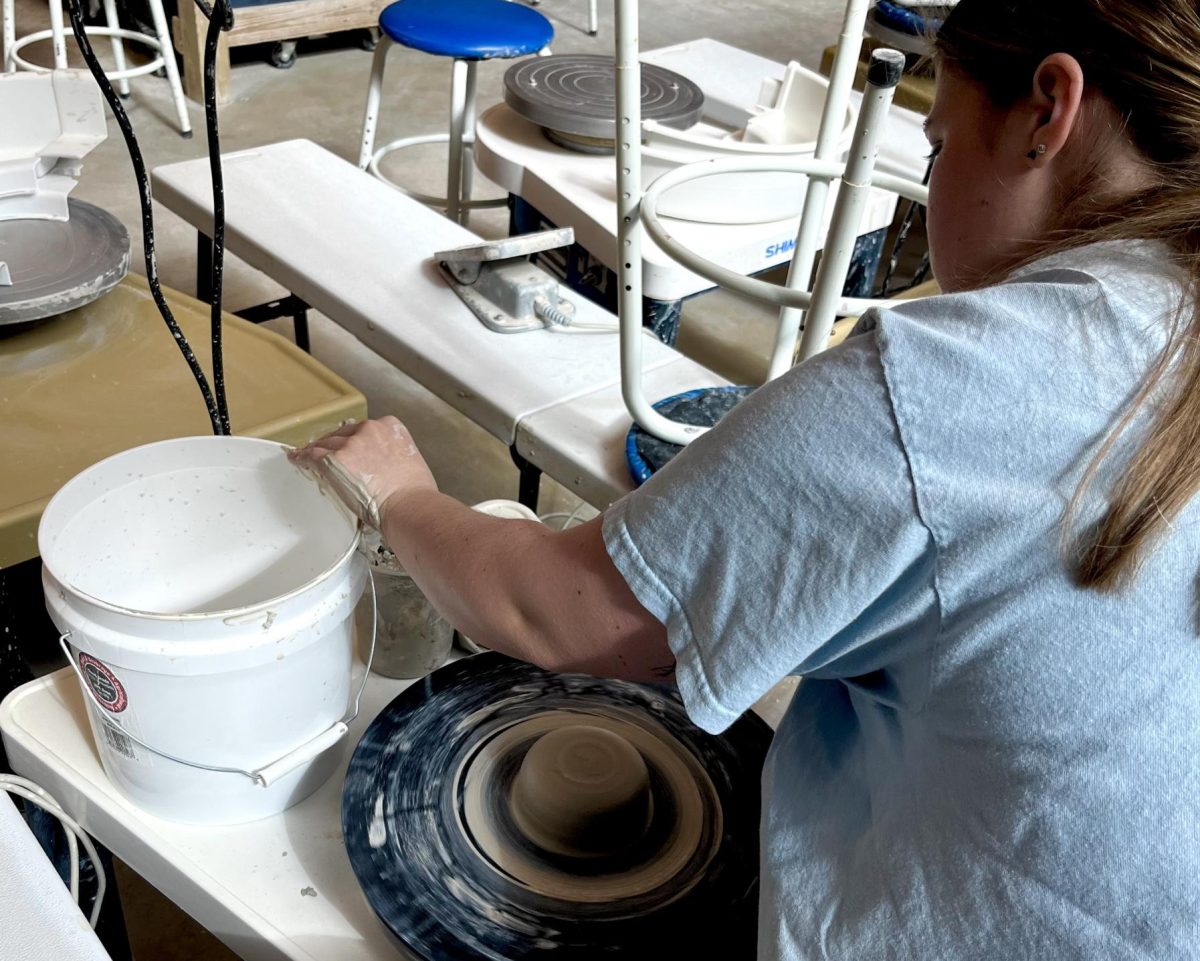
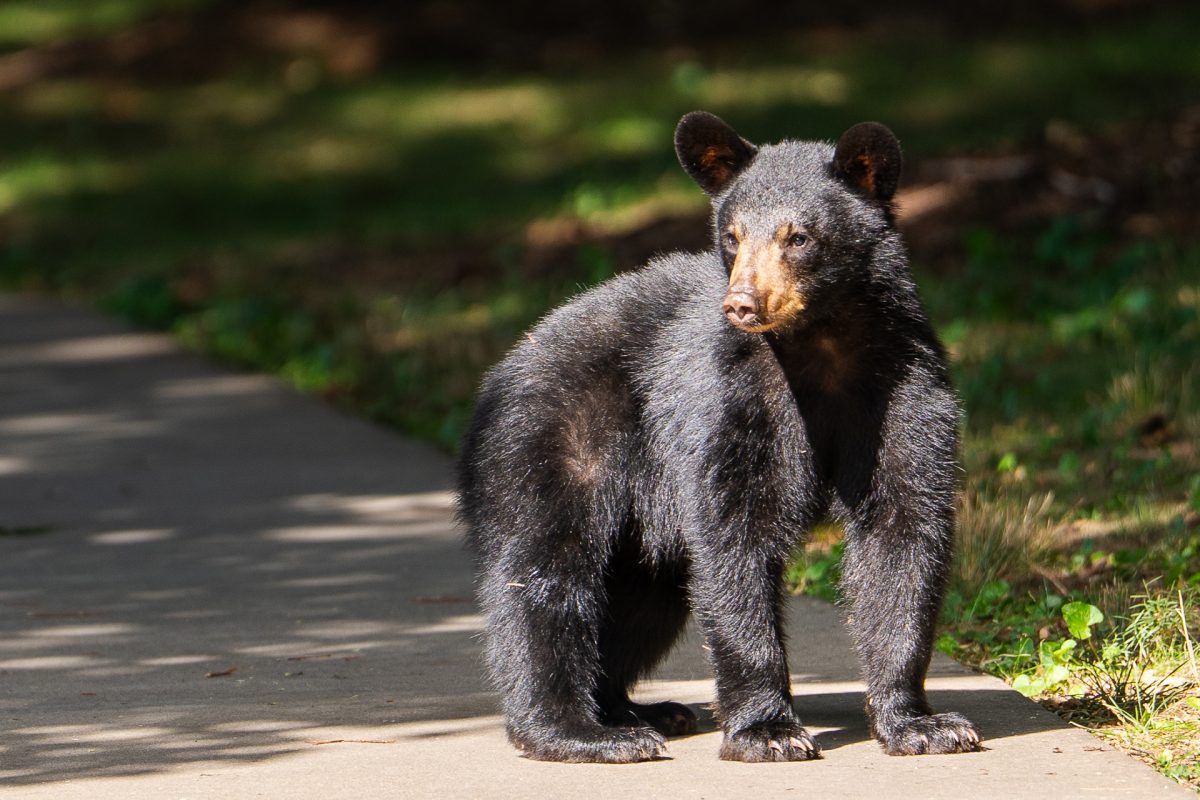




greg wilson • Sep 18, 2025 at 12:44 am
Love this info!!
Eden Bloss • Sep 11, 2025 at 1:50 pm
Great photos!!